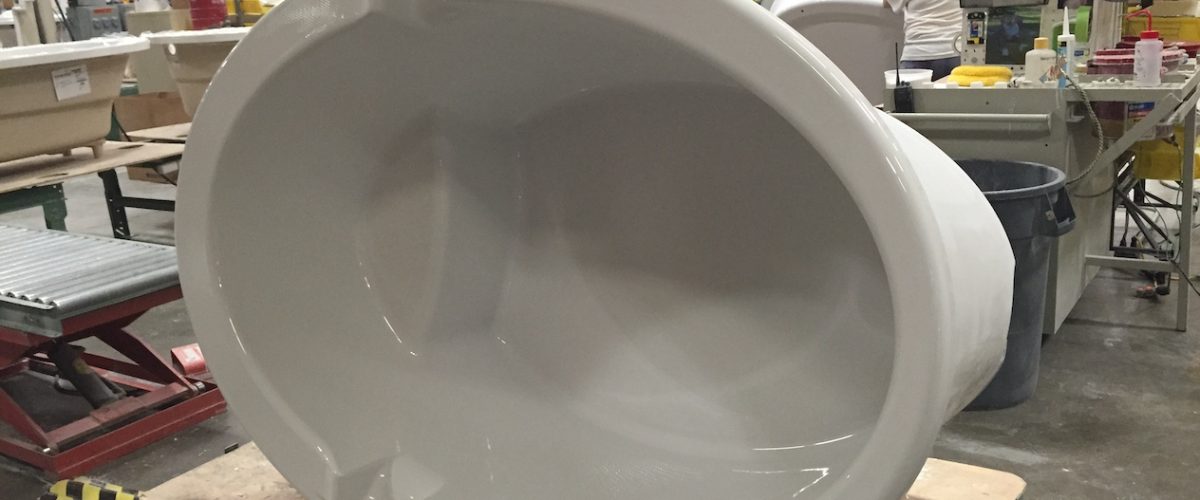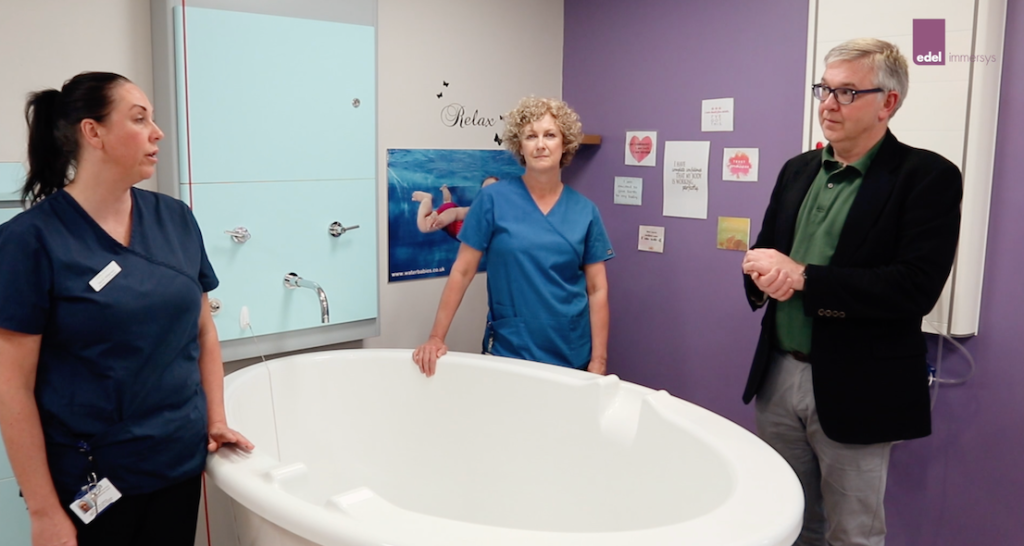
Watch/Listen To The Video Version Of This Article
We often consider labouring in water as a moderately new idea; however, it has been around a lot longer than you’d suspect. There have been confirmed reports of Pacific islanders giving birth in shallow ocean water, as well as Egyptian Pharaohs being born in water. Similarly, there are still places around the world, such as Guyana in South America, where women go to a unique area at the nearby waterway to give birth.
We can date the very first water birth in Europe back to 1805 in France, where a woman was experiencing an extremely long and troublesome labour. The birth professionals at that time helped her into a warm bath, which immediately advanced her labor, causing her to push and eventually give birth to her baby in the water.
About 170 years later, many midwives and specialists in France were noticeably interested in the idea of utilising warm water to help babies make the transition from life in the womb to life outside. Some specialists, such as French obstetrician Frederick Leboyer, surmised children could be affected for life by the method by which they were born. His approach was to give the baby and mother some skin-to- skin time, and then to put the baby in a warm bath.
Leboyer’s work was the basis for the famous French obstetrician Michel Odent, who introduced birth pools in the Hospital in Pithiviers, France. After various studies, Odent confirmed that water not only helps women to cope with labour pain, but that being immersed in water also seemed to help labour progress faster. He noticed that water births offered babies a more relaxing journey from the womb into their mother’s arms. The doctors and midwives also saw how the pool environment – being similar to that of the enveloping warmth found in the womb – helped the babies to stay calm. They cried less than babies born on land.
They also seemed more comfortable; made more eye to eye contact with their mums, and were keen to breastfeed. Water birth pioneers, including Odent, felt that babies may feel more relaxed being naturally introduced to water as a result of our aquatic past.
Numerous evolutionists now support what’s known as the “aquatic ape theory”, which is based on the idea that we had a long period in our evolution where we lived by the water’s edge. This could go some way to explaining why babies: are born with a subcutaneous layer of fat; have the capacity to swim at birth, and have a reflex that keeps them from breathing when they are introduced to water.

In the decades that followed, interest in water births grew in the UK, Europe and Canada. A birth pool is a specially designed vessel containing water for women to immerse themselves in for pain relief during labor.
Birth pools work on the same principle as a bathtub but are different from them due to their size which enables buoyancy and freedom of movement. Important factors in labor:
Using a birth pool enables women to relax during labor.
When asked, women talk about a feeling of safety and privacy. This, in turn, helps with the release of oxytocin. Installing a birth pool with controllable lighting in the room creates an environment which facilitates calm and relaxation.
Far from feeling medicalised, the rooms become a haven for the laboring woman.
Here at Edel Immersys – with the help of over 50 midwives – we have managed to create the FP3 Birth Pool. Its features include an 18-degree angle of the wall behind the set/step for maximum comfort, and a narrower rim at this end to facilitate safe monitoring. Since the first birth pool was used, they have come a long way in making sure that the safety and experience of expectant mothers are always an important factor.



Post a Comment